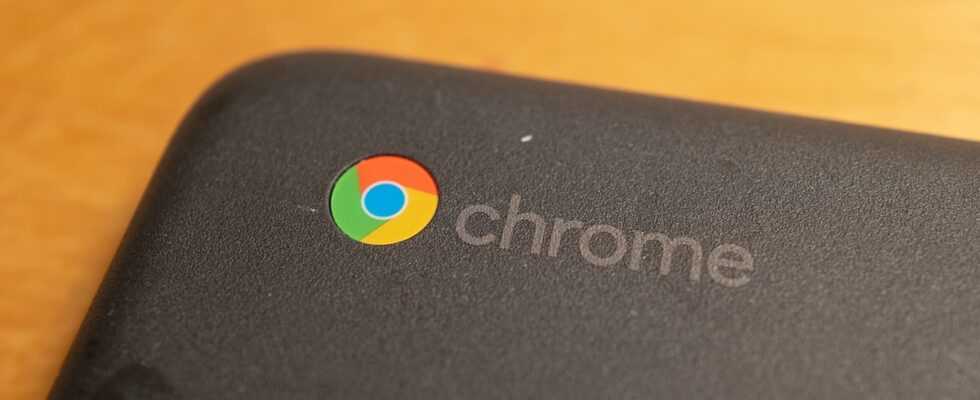Good news for Chromebook owners! Launching 100 versions of Chrome OS and its Chrome browser, Google is bringing its new launcher to their devices. On Chromebooks with Chrome OS 100, users can tap the “All” button in the left corner of the screen to open the Chrome OS launcher which, like macOS Spotlight and the Windows Start menu, helps users to search for apps, files and system settings. The launcher will now open from the side of your screen rather than the bottom.
For web search results, the Chrome OS launcher now displays more information inside the launcher, which resembles Google search result snippets. Previously, only a summary was displayed in the launcher’s web search results. The new results should require fewer user actions when searching for things like famous people and places or the weather from the launcher. Also, the launcher can be used to find system shortcuts.
Positioning the launcher to the left gives more screen real estate for apps that are already open, Google claims. Users can also organize apps by color or name, and categorize them manually. A cool new feature of the launcher is the ability to search for open tabs and windows. “Instead of sifting through your tabs to find the crossword puzzle you started this morning, a quick search in the new launcher will direct you to the correct open tab,” Google notes in its announcement.
Launch imminent
Google says the new launcher will soon be available on all Chromebooks. Besides the new launcher, Chromebooks will also get a GIF maker allowing users to create GIFs from the Camera app. Users can select “Video” and enable the “GIF” setting to create a five-second video that is automatically converted to a GIF for sharing on social media, messaging apps, or Android device using Nearby Share.
Building on the Chromebook’s Dictation feature, which lets you use voice to compose an email or document, Google now lets users edit text by voice. For example, saying “delete” erases the last letter of a sentence, while saying “go to the next character” moves the cursor. Users must turn on the Dictation feature to use it, then press the All + D button.
Google does not promote voice-to-text editing as an accessibility feature. However, this feature is similar to the voice text editing capabilities that Microsoft brings to Windows 11 through accessibility settings… enough to make Chromebooks even more attractive!
Source: ZDNet.com
